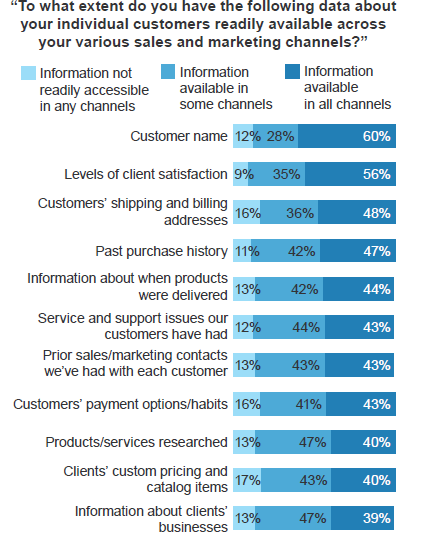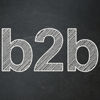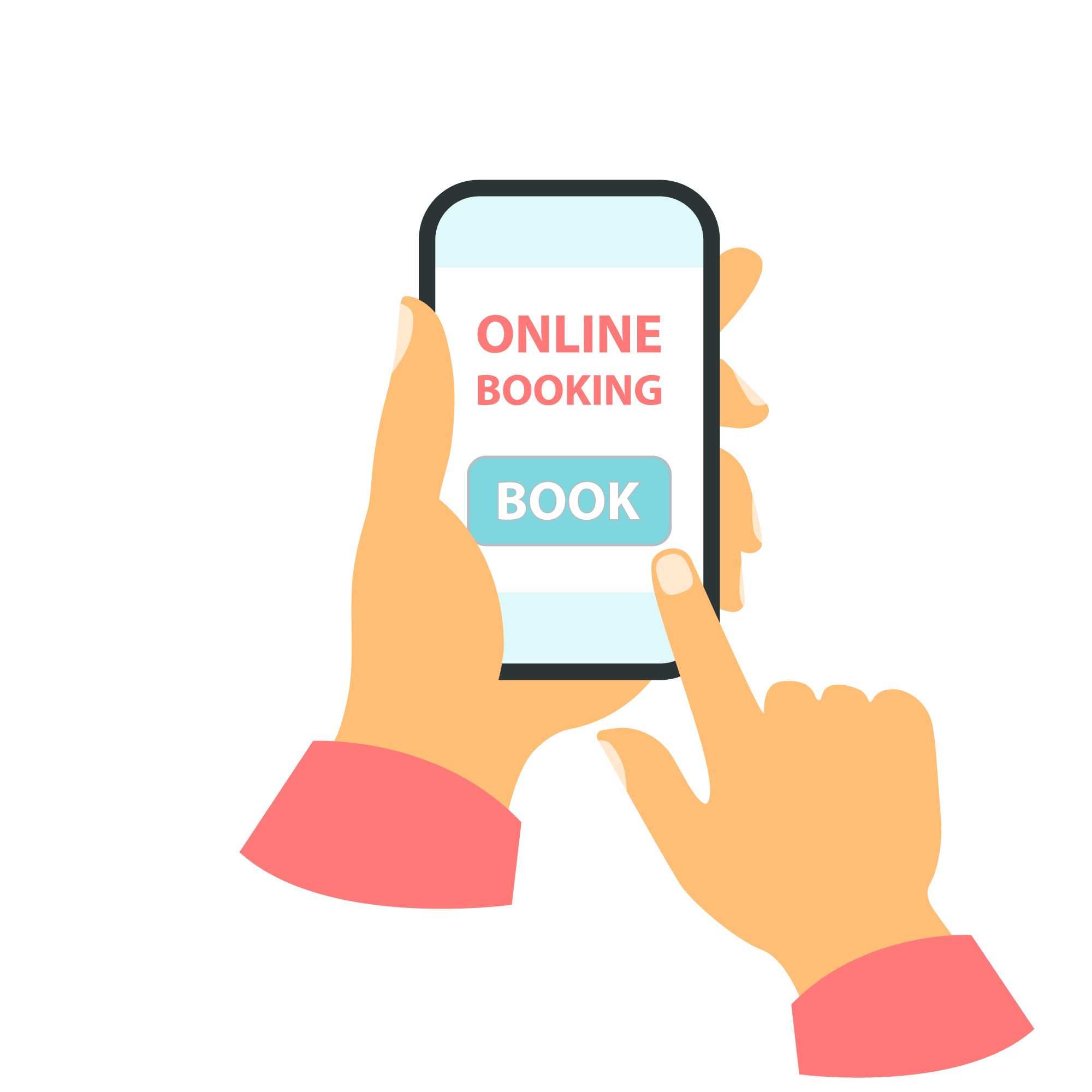Getting to Know Your Business Buyers

Today's business buyer is first and foremost a consumer and they bring their B2C expectations to work with them - where they are charged with purchasing everything from supplies to software.
Getting B2B sites to look and function like their B2C counterparts is a trend that has gained steady momentum in the last couple years, but many companies catering to business buyers are not that far into the process of consumerizing their enterprises or at least mimicking what is working well in B2C, like personalization.
In fact, a recent Forrester report, "Mastering Omni-Channel B2B Customer Engagement" (commissioned by SAP hybris and Accenture Interactive) states that while 46 percent of business buyers make purchases via Web, mobile or tablet more than half of the time, sellers can't keep up across channels. Twenty-eight percent of respondents, for example, said that a "customer name" is only available in "some channels." Further, 47 percent of sellers have access to information about a client's business on "some channels" as well (see chart below). This is an obvious disadvantage to the seller who may not know who the person is, what kind of business needs they have and even how much research they've already done about their products or services.

Since B2B buyer demands include personalization (and are willing to reward sellers that provide relevant experiences according to the Forrester report), sellers will need to do better - gaining access to data (like a name and business info) across channels (such as email, Web, call centers, social, etc.). Forrester recommends sellers take control of their omnichannel experience by using technology that maps the entire customer journey, having leaders who are committed to delivering excellent digital and customer experiences and more (download PDF here).

Subscribe to Our Newsletter!
Latest in Software








